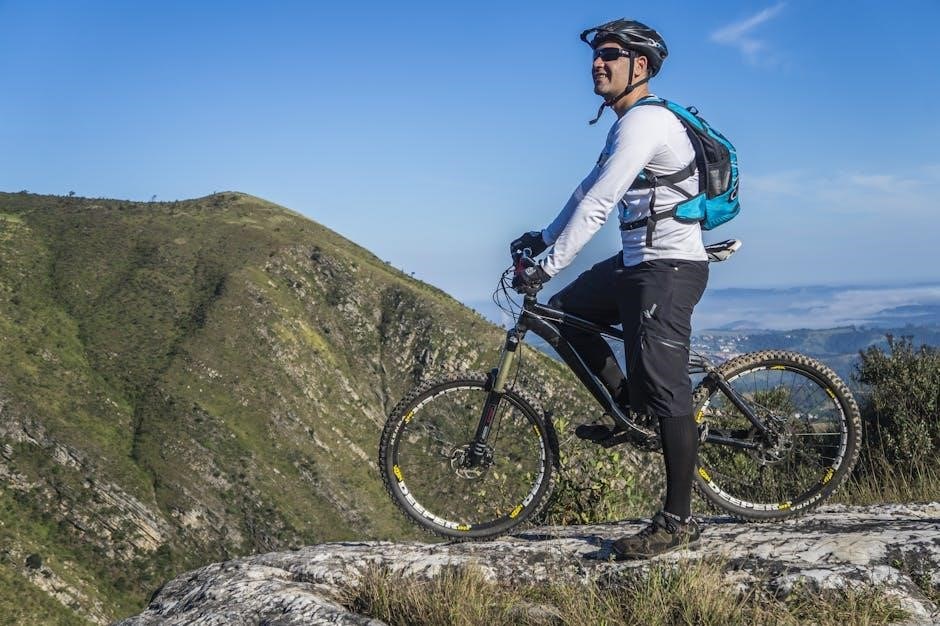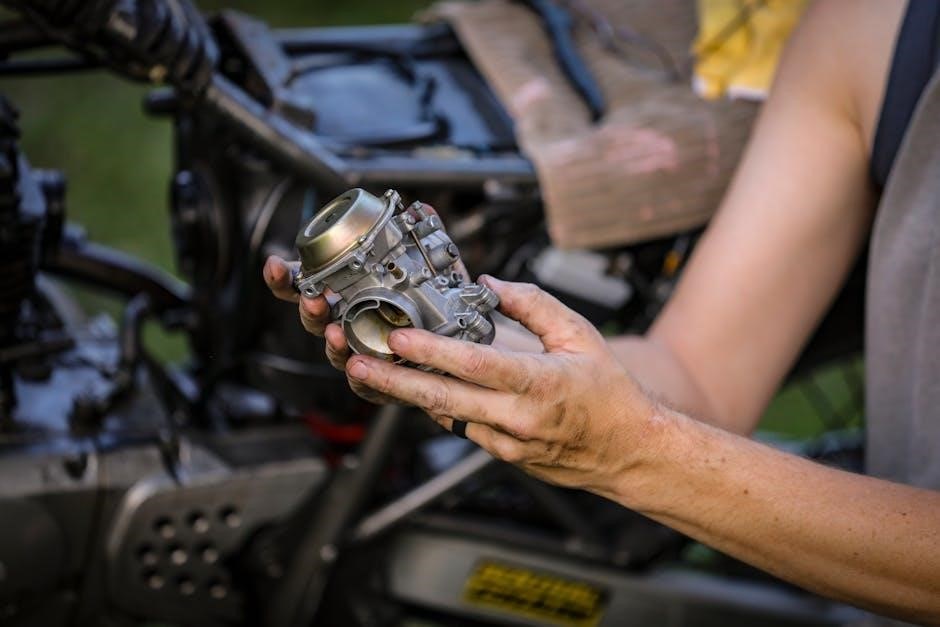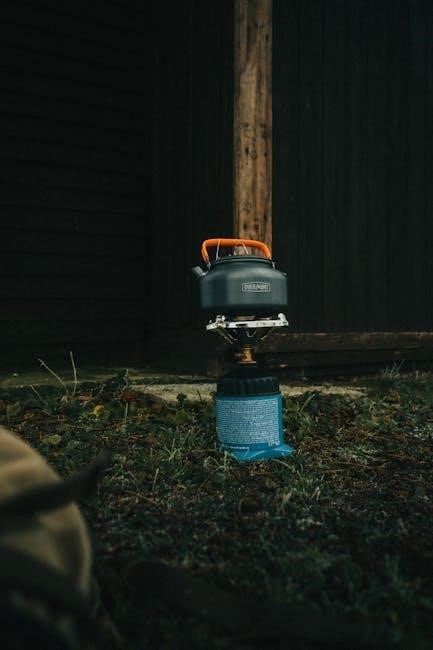A manual in mountain biking involves lifting the front wheel to maintain balance and control, enhancing riding efficiency on various terrains. Mastering this technique requires practice, patience, and often the use of a manual trainer to refine skills safely and effectively.
What is a Manual Trainer?

A manual trainer is a specialized device or tool designed to help mountain bikers practice and master the technique of manualing. It provides a safe and controlled environment for riders to develop the balance, coordination, and muscle memory needed to lift and maintain the front wheel while riding. Unlike traditional bike trainers, a manual trainer focuses specifically on improving the dynamic skills required for manuals. It often includes features such as adjustable resistance and stability aids to simulate real-world conditions. The trainer allows cyclists to practice repeatedly without the risks associated with learning on uneven or rough terrain. By using a manual trainer, riders can build confidence and refine their technique before applying it in real mountain biking scenarios. This tool is particularly useful for beginners but also benefits experienced riders looking to refine their skills. Regular practice with a manual trainer can significantly enhance overall bike handling and performance on the trails.

Benefits of Using a Manual Trainer
Using a manual trainer offers numerous benefits for mountain bikers. It enhances balance and coordination by helping riders find and maintain the bike’s balance point. Regular practice with a manual trainer strengthens core muscles and improves overall bike control. The device allows for consistent and repetitive practice, which accelerates skill development. It also builds muscle memory, making manualing more intuitive during real rides. Additionally, a manual trainer provides a safe environment to learn and refine techniques, reducing the risk of accidents. Riders can practice in various conditions and gradients, simulating real-world scenarios. This tool is particularly beneficial for beginners, as it helps them gain confidence before attempting manuals on trails. Experienced riders can also use it to fine-tune their skills and adapt to different bike setups. Overall, a manual trainer is an essential tool for improving technique, safety, and performance in mountain biking.

Choosing the Right Manual Trainer
Selecting the right manual trainer involves considering factors like stability, adjustability, and compatibility with your bike. A durable and versatile trainer ensures effective practice and skill development for mountain biking manuals.

4.1. Factors to Consider
When selecting a manual trainer, consider stability and durability to ensure it can withstand rigorous practice. Adjustability is crucial to accommodate different bike sizes and rider preferences. Compatibility with your bike’s specifications, such as wheel size and frame type, is essential for a proper fit. Additionally, portability and ease of setup are important if you plan to use the trainer in various locations. Some trainers offer advanced features, like electronic resistance or data tracking, which can enhance your training experience. Lastly, cost and brand reputation should be evaluated to ensure you invest in a reliable product that meets your needs and budget.
4.2. Top Recommendations
Some of the most highly-rated manual trainers for mountain biking include the Ninja MTB Manual Trainer, known for its durability and ability to help riders master balance and control. The Wahoo KICKR CORE is another popular choice, offering stability and adjustability for various bike setups. For those seeking an interactive experience, the Zwift Ride combines a trainer with immersive virtual training. Additionally, the Canyon Manual Trainer is praised for its simplicity and effectiveness in helping riders develop core skills. These trainers are widely recommended by professional riders and enthusiasts alike, making them excellent options for improving your manual technique.
Setting Up Your Manual Trainer

Ensure your bike is securely mounted on the trainer, following the manufacturer’s instructions. Level the surface and adjust the resistance settings for optimal balance and stability during practice. Always check the balance point before starting.

5.1. Step-by-Step Setup Guide
Setting up your manual trainer involves a few straightforward steps to ensure safety and effectiveness. First, choose a flat, stable surface indoors or outdoors. Next, place the trainer on the ground and secure your bike according to the manufacturer’s instructions. Adjust the trainer’s clamp to fit your bike’s frame, ensuring it is tightly fastened. Level the surface using shims or a wedge if necessary to maintain proper balance. Connect your bike’s rear wheel to the trainer, making sure it is centered and secure. Finally, set the resistance level to match your training goals. Double-check all connections and ensure the bike is stable before starting your session. Always wear safety gear and start at a slow speed to get accustomed to the trainer’s feel. Proper setup is crucial for effective and safe practice.

5.2. Safety Tips for Effective Use
Ensuring safety is paramount when using a manual trainer. Always wear appropriate safety gear, including a helmet and cycling gloves, to protect yourself in case of accidents. Before each session, inspect the trainer for stability and ensure all connections are secure. Choose a spacious, flat area free from obstacles to allow ample room for movement. Start with low resistance and gradually increase as you gain confidence. Avoid distractions by keeping your phone away and ensuring pets or children are at a safe distance. Regularly check the trainer’s condition, looking for signs of wear or damage. Maintain proper posture and balance to prevent losing control. If you feel unstable, dismount carefully and adjust your setup. Stay hydrated and take breaks to avoid fatigue, which can impair your focus and coordination. By following these safety tips, you can maximize the effectiveness of your training while minimizing risks.
Practicing Basic Manual Techniques

Mastering basic manual techniques is essential for improving balance, control, and overall mountain biking skills. Start by finding your bike’s balance point, a critical factor in maintaining stability. Position your body correctly: knees slightly bent, weight centered, and elbows relaxed. Practice lifting the front wheel by shifting your weight backward and applying subtle pressure on the pedals. Begin on flat ground, gradually progressing to slight inclines as confidence grows.

Use a manual trainer to hone these skills in a controlled environment. Focus on slow, deliberate movements to develop muscle memory. Incorporate short practice sessions into your routine to build consistency. As you improve, introduce variations like longer manuals and transitions between riding positions. Remember, patience and repetition are key to mastering these techniques effectively.
Remember, patience and persistence are key. As you progress, the improved balance and coordination will translate to real-world scenarios, making every ride more enjoyable and challenging. Embrace the process, stay motivated, and watch your mountain biking skills soar to new heights with the help of a manual trainer.
